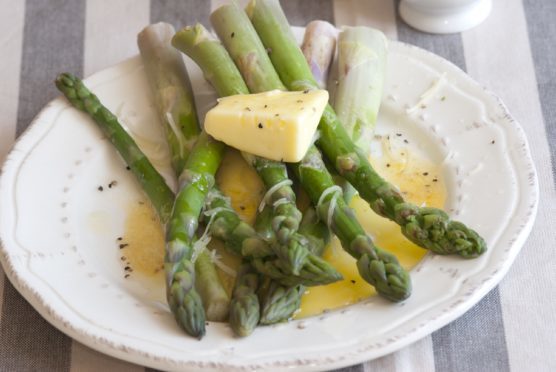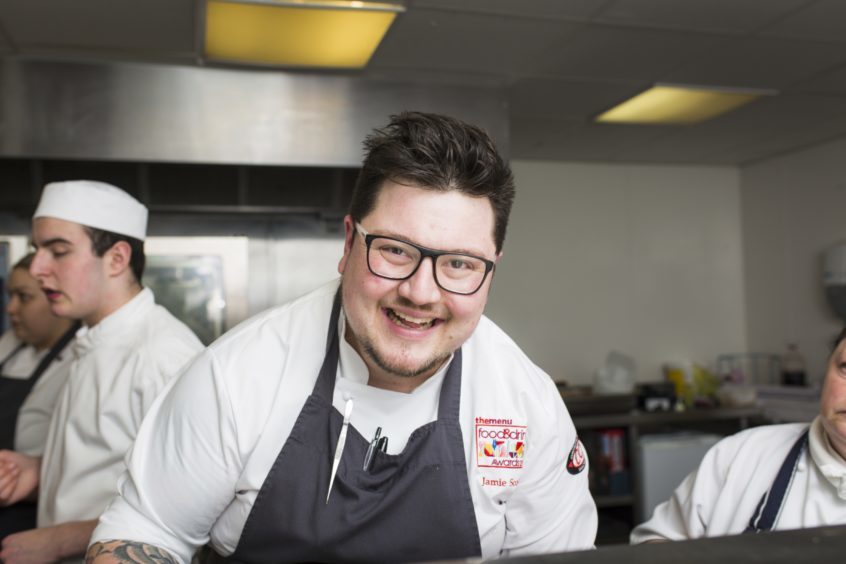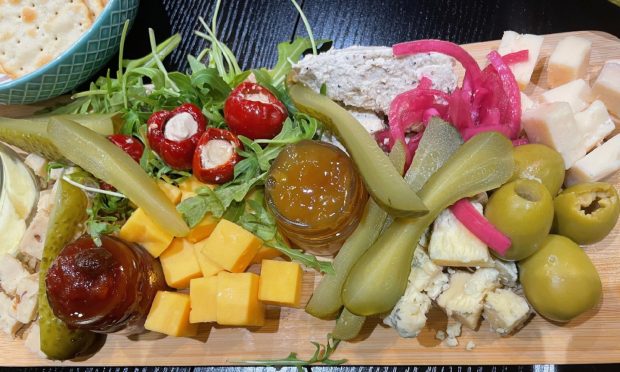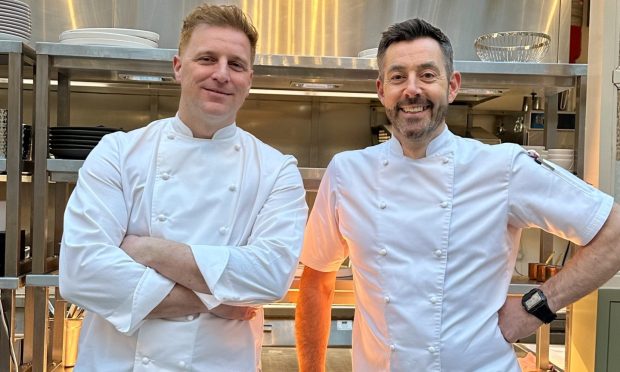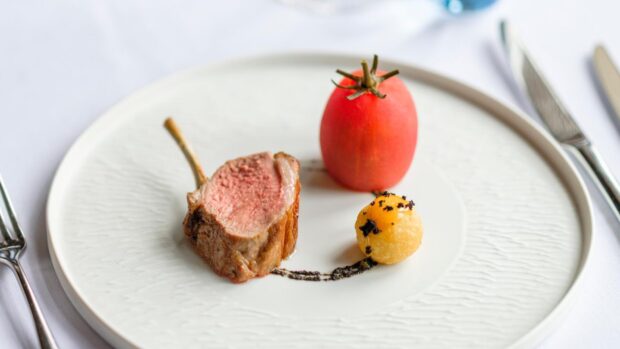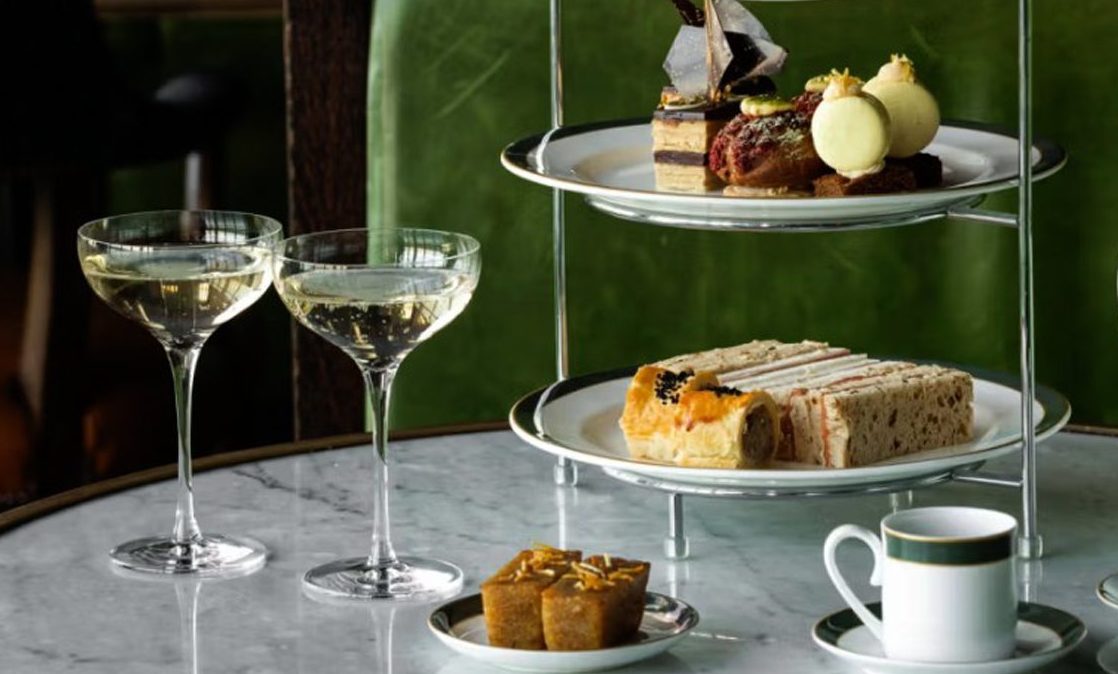It’s the start of the asparagus season and chef Jamie Scott is excited…
One of my favourite events in our culinary calendar is about to begin and I’m so excited! If you haven’t guessed it’s Scottish asparagus season.
Now it may sound a little sad that I can get so excited about a blooming vegetable but wow oh wow what an amazing ingredient.
Very labour intensive to grow, asparagus is the young shoot of the cultivated lily plant and considered to be one of the delicacies of the vegetable world. Now, this has diluted a little due to Peruvian asparagus being available all year round but, in the spring – the real season for it – French, English and then the glorious Scottish crop is available, and nothing rivals it.
Yes, it can be pricy, but its intense savoury flavour is worth every penny. Purple is available later in the season and is mainly French. White is available start to finish and is mainly French and Dutch. British is predominantly green although we can grow the other coloured varieties also.
If you want the boring information it is actually very good for you, packed full of nutritional vitamins, potassium, iron and calcium. The younger species need no preparation other than a clean. The larger stalks require you to snap off the slightly woody part at the bottom. You can peel them as well to give them a nice refined, uniform look. We have a couple of different sources for Scottish stocks and you will find me phoning around farms to get the low down of the first spear dates. The English asparagus starts a little earlier and goes on later and we use the best from Yorkshire which rivals my local source here.
Cooking it is very easy and it’s quite versatile. It likes a lot of heat in short bursts like a barbecue, hot pan or grill. It can take 3-4 minutes to cook in a pan of salted boiling water and slightly longer if steamed – 6-8 minutes. Traditionally it’s boiled, seasoned and served with a poached egg and some hollandaise sauce. This is simply delicious when done right. It is lovely on the side of a seared steak or roasted chicken breast, fired in a pan which a touch of garlic and finished with fresh lemon juice.
I also rather like it chopped into 2cm pieces and mixed with fresh peas, broad beans and spinach, baked into a delicious quiche. At the Newport, though, we do like to play about with it a little more. The white we like to ferment or preserve, purple is cooked en papillote in a parchment bag with fresh juniper and black garlic to give a delicious dish, finished with shaved almonds and fresh cheese curds. The green we shave into tagliatelle-like shapes and cook in an emulsion of water, butter and mulled cheddar, served like a pasta and finished with fresh pesto.
Chef’s tip
A little kitchen hack for the flakiest and the butteriest short crust pastry – roll out your dough between two sheets of parchment paper. This is great because you avoid adding any extra flour to your pastry, keeping it a more crumbly. Also if you happen to be making pastry on a hot day and it is becoming too soft to roll out you can simply slide the pastry into the fridge for 10 minutes to rest instead of having to scrape the soft pastry of the surface and overworking it.
